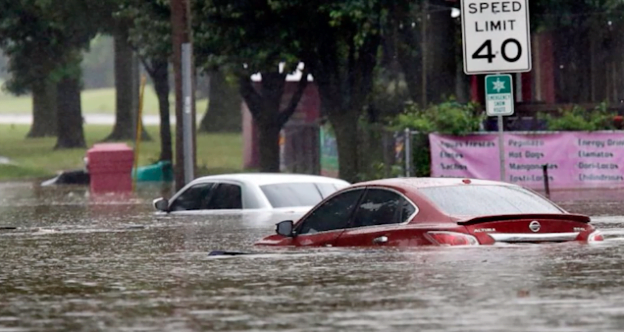Questions that city engineers consider as storms approach include ”What is the status of my stormwater infrastructure?”, “What needs to be done to prepare?”, and “What will be the outcome of this storm?”.
To address these issues, many municipalities are turning to adaptive real-time control for stormwater systems. By integrating cloud-based software, sensors and flow controls in the field, and the weather forecast, adaptive control systems deliver flood risk mitigation, water quality improvement, operational insights, and resilience to communities. Not only does adaptive control enable city officials to answer the questions posed above, but it provides communities with technology-enhanced infrastructure that automatically prepares for, absorbs, responds and adapts to storm events.
Economic benefits are realized by communities as they make existing infrastructure more efficient at protecting people and property from disasters. One coastal community using adaptive controls on a set of interconnected lakes to mitigate flood risk is the City of Ormond Beach, Florida. Specifically, the City’s adaptive control system monitors the weather forecast, compares the incoming rainfall to lake capacity, and pumps water in advance of storms to create flood storage.
This presentation will introduce adaptive controls and discuss the process and challenges of adopting the technology. Results from Ormond Beach’s use of adaptive controls during two storms will be presented. During Hurricane Irma (2017), Ormond Beach was able to create 70 acre-feet of additional storage capacity. During Hurricane Dorian (2019), operational insights from real-time monitoring and analytics enabled operators to better prepare for the storm. These actions result in an increase in community resilience, economic savings, and operational peace of mind.
Course Content






